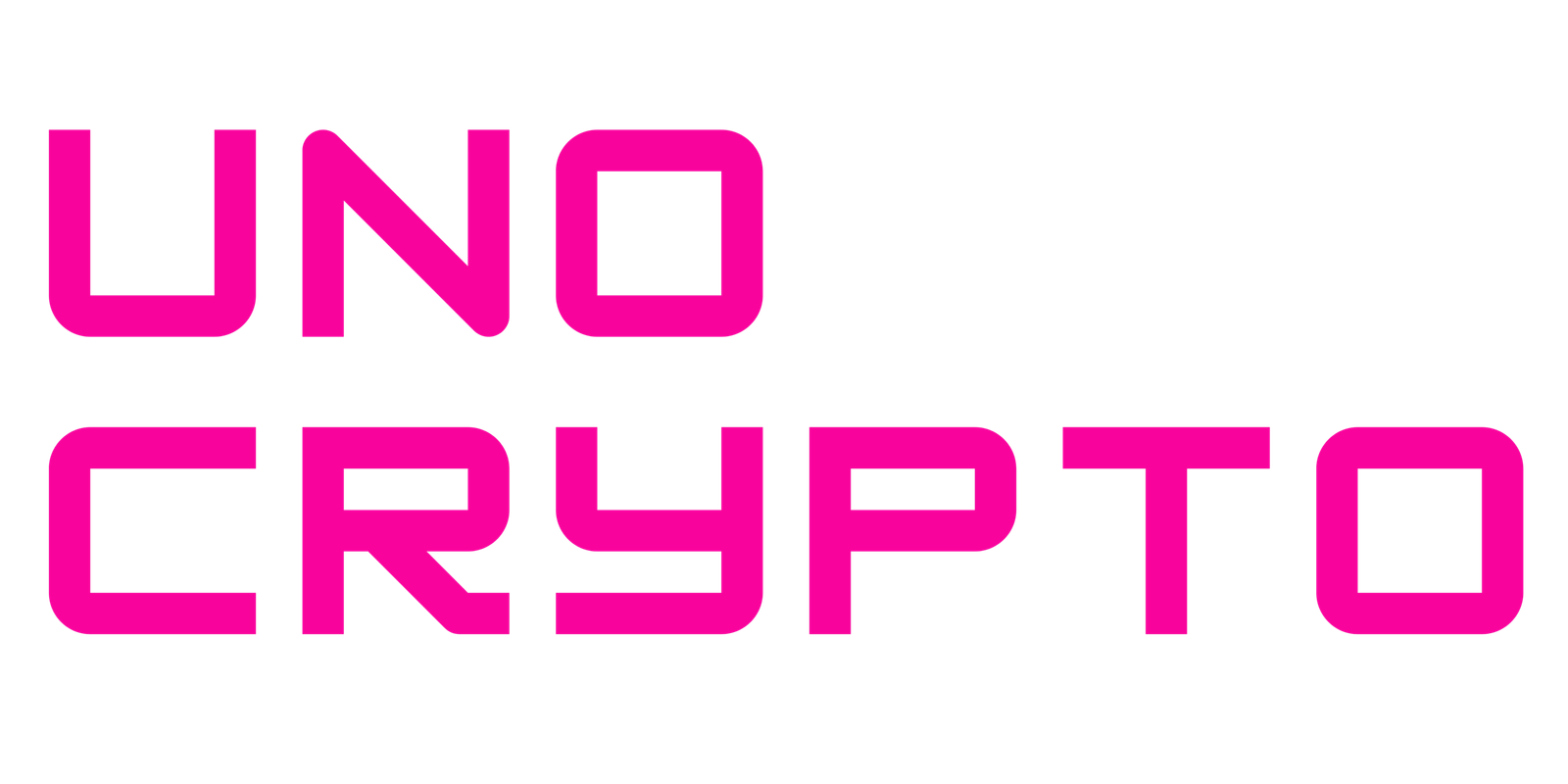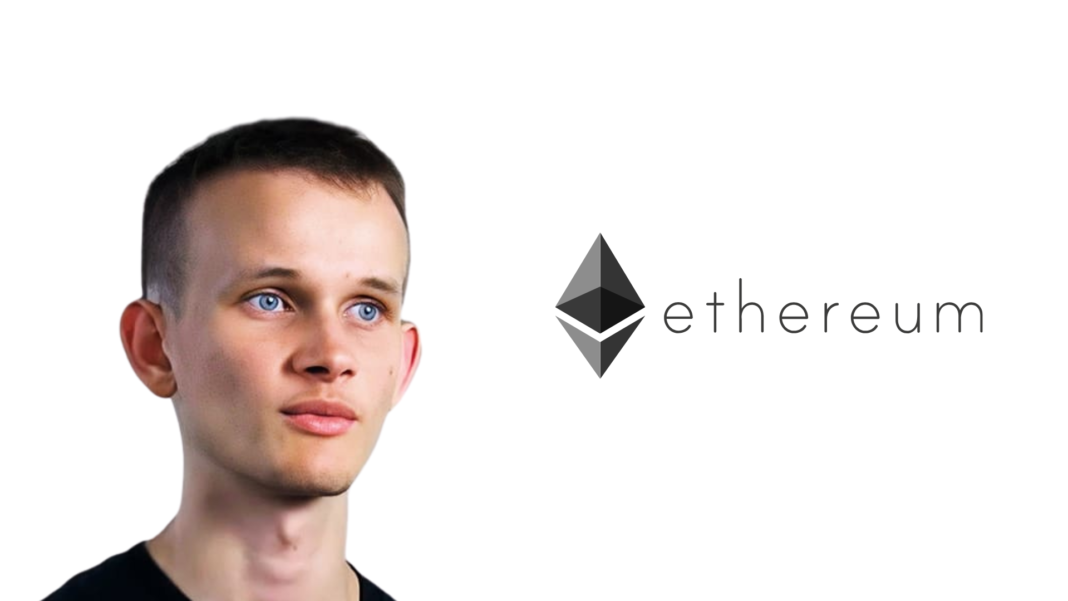The cryptocurrency community received significant news when Ethereum co-founder Vitalik Buterin responded to a proposal about doubling Ethereum’s mainnet gas target.
Instead of a straightforward doubling, Buterin proposed a more nuanced approach, suggesting “deep but selective cuts” in gas fees.
His detailed proposal in his response on X, focuses on reducing the gas cost of EVM opcodes currently in the 2-5 range to 1, and those in the 6-10 range to 2.
This strategic approach demonstrates a careful consideration of the network’s technical architecture while aiming to improve its efficiency.
Technical Implementation and Expected Benefits
According to Buterin’s analysis, the proposed changes could lead to a significant 150% increase in transaction speed (TPS) without compromising critical worst-case indicators such as calldata size and IO operations.
A key component of this proposal includes reducing the gas cost of log operations by a factor of four, along with reducing the gas cost of precompiled contracts, except for those scheduled for deprecation.
These technical adjustments are designed to optimize the network’s performance while maintaining its security and stability.
Also Read: Vitalik Plans To Bring Computational Affordability to Ethereum with Full Verification
Alternative Perspective from Tomasz K. Stanczak
The discussion gained additional depth when Tomasz K. Stanczak, who initially supported doubling the Ethereum mainnet gas target, provided his perspective on Buterin’s proposal.
Stanczak advocated for a more conservative approach, suggesting that repricing should be kept to a minimum, with adjustments needed for only around five opcodes and precompiles, based on recent studies of gas prices.
He emphasized that gas limit/target changes are easier to communicate and understand, aligning better with established mental models used by core developers and researchers.
Consensus Building and Implementation Considerations
The dialogue between these two prominent figures in the Ethereum ecosystem highlights the careful consideration being given to network optimization.
Stanczak acknowledged Buterin’s point about avoiding changes to state-related operations while expressing confidence that teams could manage the proposed changes safely.
He noted that the most critical discussions would likely center around network traffic implications.
This exchange demonstrates the collaborative and thoughtful approach being taken to improve Ethereum’s scalability, with careful attention being paid to both technical capabilities and practical implementation challenges.
Also Read: Uniswap Debuts Multi-Chain Bridge Supporting Ethereum And 8 Networks


